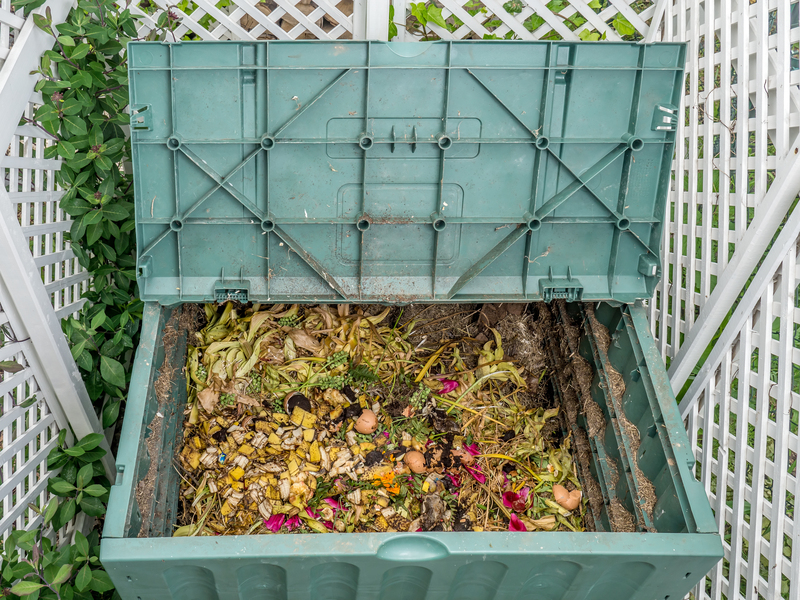The Proven Advantages of Efficient Glass Recycling
Glass recycling is not just a modern trend but a necessary practice that facilitates ecological balance and sustainable waste management. The benefits of recycling glass are undeniable, as the process helps conserve natural resources, reduce energy consumption, and diminish greenhouse gas emissions. In this article, we will explore the advantages and significance of effective glass recycling in creating a sustainable environment.
Understanding Glass Recycling
Glass recycling involves the collection and processing of waste glass to produce new glass products. The process begins with the gathering of used glass items, which are then cleaned, sorted, and crushed into fine pieces known as 'cullet.' This cullet is melted and molded to create new glass products. The effectiveness of glass recycling is largely dependent on how efficient the collection and processing methods are, which is why innovating in this area is crucial for maximizing its benefits.

Environmental Benefits of Glass Recycling
Conservation of Natural Resources
One of the primary advantages of glass recycling is the conservation of natural resources. Recycling glass requires considerably less raw material than producing new glass from scratch. By utilizing cullet, manufacturers can reduce the demand for new sand, soda ash, and limestone, effectively preserving these natural resources for future generations.
Reduction in Energy Consumption
Producing glass from recycled cullet requires significantly less energy compared to creating glass from raw materials. _Melting cullet consumes less energy_ because cullet melts at a lower temperature than raw materials. This reduction in energy usage not only decreases operational costs but also contributes to reducing the carbon footprint, making it an essential practice in industrial activities.
Diminished Landfill Usage
Efficient glass recycling also plays a critical role in reducing landfill usage. Glass is a non-biodegradable material, meaning it does not decompose over time. Every piece of glass that is recycled prevents it from ending up in a landfill. By recycling glass, we can significantly decrease the volume of waste sent to landfills, thus prolonging their lifespan and minimizing environmental degradation.
Economic Benefits of Glass Recycling
Job Creation and Economic Growth
Glass recycling can lead to substantial economic benefits by creating job opportunities in collection, sorting, and processing. These activities can further stimulate economic growth, as investments in recycling plants and infrastructure increase, thereby contributing to local and national economic development. Companies that prioritize sustainable materials often experience increased profitability and growth.
Cost Savings for Manufacturers
The use of recycled glass allows manufacturers to save on raw materials and energy costs. By incorporating cullet into their production processes, manufacturers can produce high-quality glass products at lower expenses. These savings can then be passed onto consumers, providing an economic incentive to support glass recycling.
Social and Health Benefits
Enhanced Public Awareness
Recycling programs that emphasize glass recycling contribute to increased environmental awareness among the public. By educating people about the importance and methods of recycling, communities can foster responsible waste management behaviors. This shift in mindset can have a lasting impact on how society handles all types of waste, enhancing sustainability efforts globally.
Improved Community Health
Reduction in landfill waste through glass recycling leads to healthier communities. Decomposing organic waste in landfills emits methane, a potent greenhouse gas, and can lead to soil and water pollution. By reducing landfill dependency, communities can enjoy cleaner air and water and improved overall health outcomes.

Challenges to Efficient Glass Recycling
Contamination Issues
One of the primary challenges in glass recycling is contamination, which can occur when glass is mixed with other materials like plastics or metals. Contaminated glass requires additional processing to separate impurities, which can be both costly and time-consuming.
Collection and Sorting
The efficiency of glass recycling is heavily dependent on the initial collection and sorting process. Ineffective collection systems can lead to high levels of contamination, lowering the quality of the cullet produced. Investing in advanced sorting technologies and public education is critical to improving the quality and efficiency of glass recycling.
Conclusion
In conclusion, the advantages of efficient glass recycling are manifold and cut across environmental, economic, and social spectrums. By implementing effective glass recycling practices, we can conserve natural resources, reduce energy consumption, create jobs, and foster healthier communities. Overcoming challenges like contamination and inefficient collection systems will require continued innovation and public participation. Efficient glass recycling not only benefits the present generation but also secures a sustainable future for generations to come.
Join the movement by supporting and participating in glass recycling programs in your community, and be part of the solution towards a cleaner, greener planet.